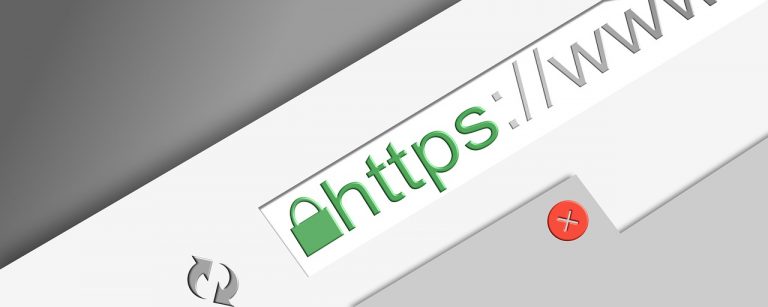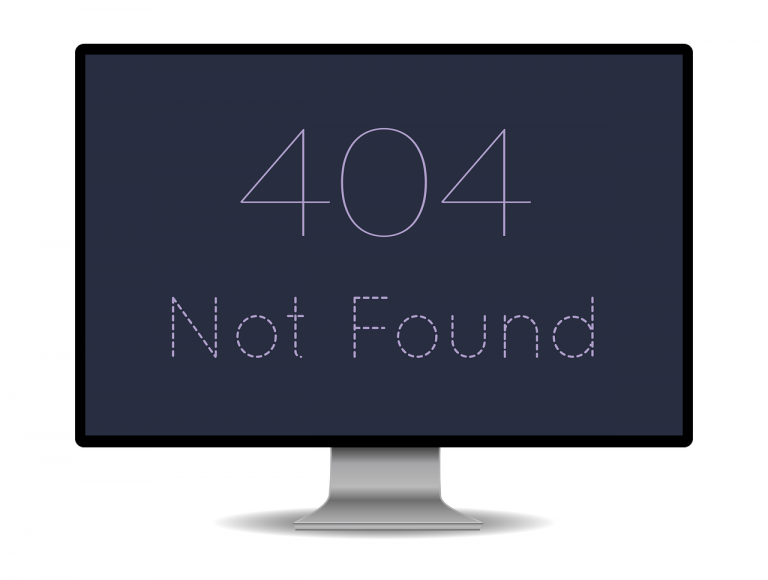Your Website Is Like A Car
Having a website can be confusing.
 We’ve created this informational guide to help demystify some of the more important aspects of owning and maintaining a website.
We’ve created this informational guide to help demystify some of the more important aspects of owning and maintaining a website.
First things first, let’s discuss the different aspects to “having a website”, using an analogy we can all understand – owning a car. Bear with me as I try not to “run” this car analogy into the ground (pun completely intended).
Your Website Includes:
- Domain Name – License Plate
- Hosting – You Car’s Address a.k.a. Where your car “lives”
- Website Files – Specific Attributes of your Car Including: Make, Model, Color, Year, etc.
Domain Name
In the same way there are a lot of the same cars on the road, there are a lot of websites that look alike, and even contain the same type of content. In order to differentiate between these lookalikes we need each one to have an unique identifier.
In the case of your car, you have a license plate number that has been issued to you by the state in which your car is registered.
In the case of your website, you have a domain name purchased through a domain registrar. Instead of State by State registrations like cars, domain names are managed and regulated by ICANN. ICANN is an international body providing licenses to companies, called Registrars (GoDaddy is an example of one popular domain name registrar), giving them the rights to sell domain names. The domain registrar is really the middle man in this transaction, and they do not actually ever own the name – you do.
There are a number of different options when registering a domain name, including the length of registration, keywords to include in the domain name, public vs. private registration and which top level domain to choose (.com .net .tv etc).
Hosting
 Think about the last time you obtained or updated your car insurance – what was one of the first questions they asked you? After your name, age and car information, they probably asked for the address where the car is parked.
Think about the last time you obtained or updated your car insurance – what was one of the first questions they asked you? After your name, age and car information, they probably asked for the address where the car is parked.
Hosting can be thought of as the place where your website “lives” (much like the address where your car “lives”). Your website will have a specific IP address, and when that address is accessed via web, your website will be shown. Depending on the size requirements of your website (or vehicle), you may have to buy more space. You may lease, rent or own your hosting space. Whether you rent or own your hosting space will again depend on the specific requirements of your website, but in most instances a rental situation is appropriate.
Website Files
Each car has a plethora of parts which cohesively work together to allow the vehicle to function, as well as provide an unique look and appeal; a website is no different.
Your website files “live” on your hosting server, where they sit and patiently wait until called upon. Each file of your website is analogous to a part of your car. Some parts are more important than others – you’d have a difficult time driving without a steering wheel, but a missing cup holder wouldn’t hold you back from a cross country trek.
Backing up files is important. An awol cup holder isn’t too difficult to find, and either should a copy of your website files. You will want to make sure you have a backup solution in place for your website, either maintained by your web design company or yourself.
Ownership and Maintenance
Hopefully by now this car analogy isn’t driving you crazy 😉 Let’s now, for the sake of further explanation, assume you have a website running WordPress that was built by Design SEO Hosting. Your site looks awesome, has all the functionality you want and you are extremely happy with the results. Time to just sit back and watch your traffic and customer base grow, right?
 You could, but just like your car, over time your site is going to show signs of age. Some the features that worked perfectly in 2007 might not work so perfectly in the newer browsers, and there may be some chips in that super-polished graphic design you once adored so much (you get the idea). Other, not so visible, issues may also start to crop up as your website ages, including an increased vulnerability to malware and website compromise due to not updating your website’s framework. Without the addition of content, your website may become stagnant and you may notice a decrease in traffic, search engine presence and user engagement.
You could, but just like your car, over time your site is going to show signs of age. Some the features that worked perfectly in 2007 might not work so perfectly in the newer browsers, and there may be some chips in that super-polished graphic design you once adored so much (you get the idea). Other, not so visible, issues may also start to crop up as your website ages, including an increased vulnerability to malware and website compromise due to not updating your website’s framework. Without the addition of content, your website may become stagnant and you may notice a decrease in traffic, search engine presence and user engagement.
At this juncture, as the owner of the website, you’re going to need to determine your level of comfort with website administration.
Some people choose to focus on their business and leave their website completely in control of their development/design company, ensuring their site is always up to date and secure. Others may choose to literally “master their own domain”. Being the master of your own domain means taking care of basic administration (domain name registration, hosting, backups), as well as updating plugins, theme files and WordPress core when required. At Design SEO Hosting we offer full, comprehensive coverage for those who prefer to have us handle their online presence, training for those who wish to manage their own website and support for everyone else in between.
Website administration tasks include (and are certainly not limited to):
- Hosting
- Offsite Backups (and Restoration if Necessary)
- Domain Name Registration and Renewal
- WordPress Core Updates (updates for security, enhanced functionality, usability, etc.)
- WordPress Plugin Updates
- Theme Updates and Upgrades
- Content Generation and Additions
- Website Modifications
I hope this article helped to shed some light on the mystery of owning and running a website. Remember, we’re here to help – so please do not hesitate to call us at 619-929-0443 or email info@designseohosting.com






